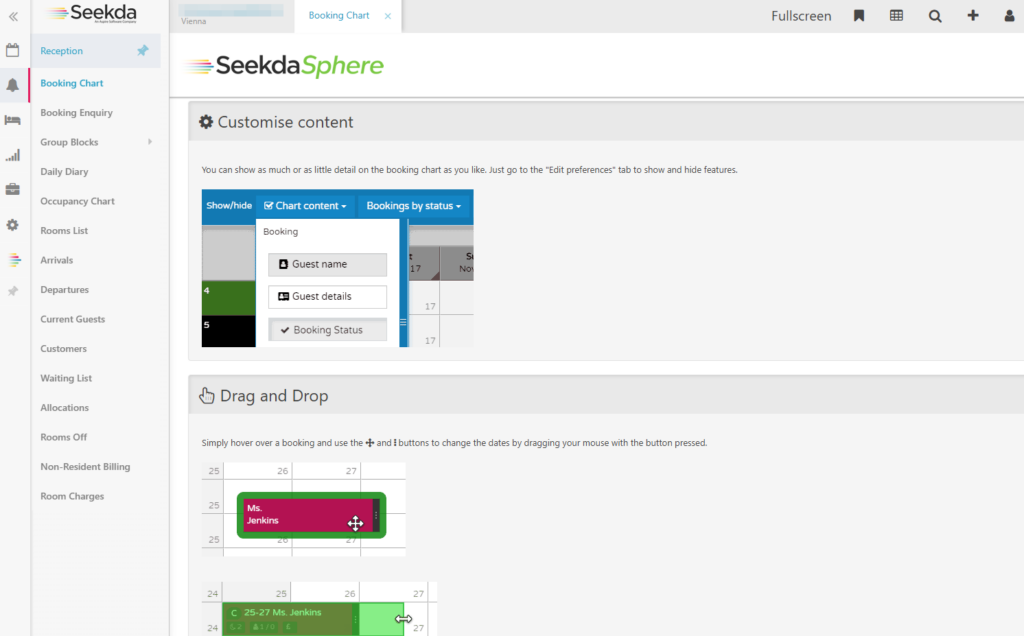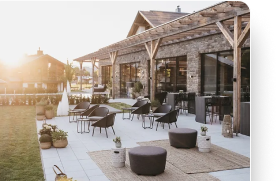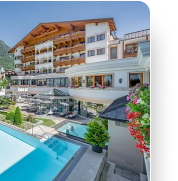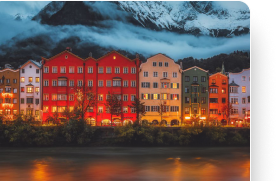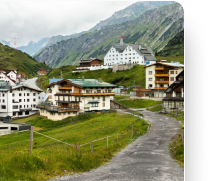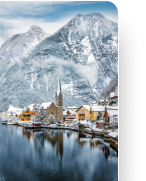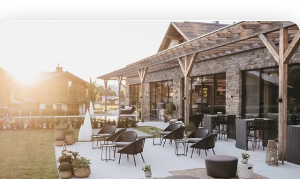Unlocking the green potential of Europe’s hospitality industry isn’t just about adopting green practices , it’s a strategic move where environmental responsibility and financial success go hand in hand. According to a recent survey conducted by Statista on behalf of Booking.com , European hoteliers see two key catalysts for this change: financial incentives and improved access to capital .
An impressive 42% of the experts surveyed emphasized the critical role of tax incentives in promoting sustainable business models. These incentives not only recognize environmental responsibility, but also provide tangible benefits to a company’s bottom line. As governments increasingly prioritize sustainability, such incentives can significantly reduce the financial burden associated with green initiatives, making them more financially viable for hoteliers.
Next to financial support, improved access to capital is the second most important driver of sustainable transformation. In an industry where initial investments can be daunting, easier access to financing can enable hoteliers to launch green initiatives with confidence. Whether it’s equipping properties with energy-efficient technologies or implementing waste-reduction measures, sufficient capital can grease the wheels of sustainability and ensure that green practices become not only desirable but achievable goals.
Beyond financial considerations, however, the survey revealed another important aspect: the value of technical support and training . Approximately one-third of respondents emphasized the need for guidance and training to manage the complexities of sustainability. From understanding best practices to implementing the latest technologies, ongoing support and training can equip hoteliers with the knowledge and tools they need to make significant changes to their operations.
For those interested in delving deeper into the nuances of sustainability in the hospitality industry, Statista’s full report is available for download at the link above and provides a comprehensive analysis of current trends and challenges.

